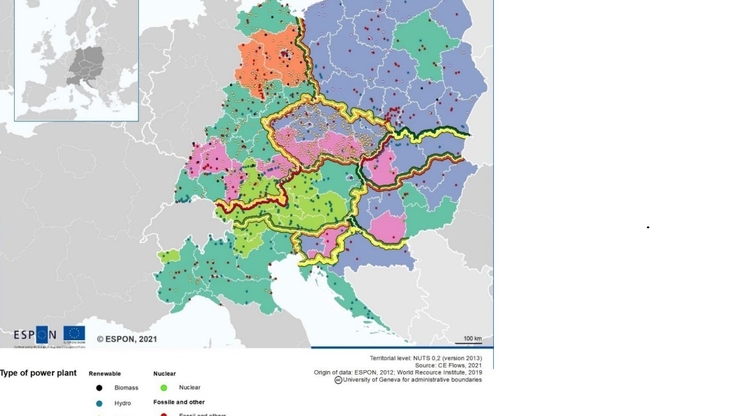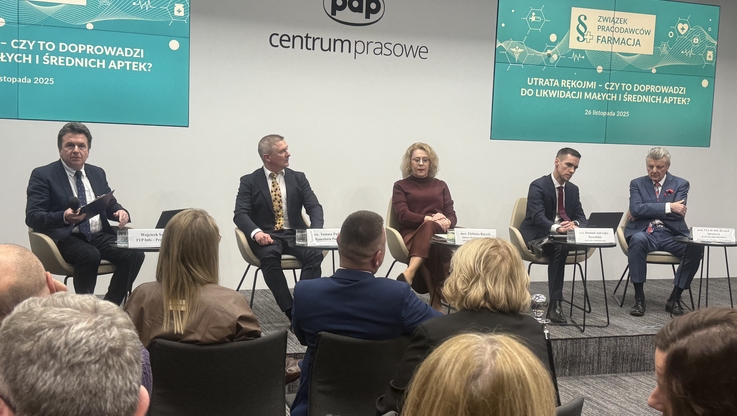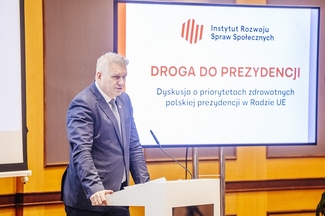Pobierz materiał i Publikuj za darmo
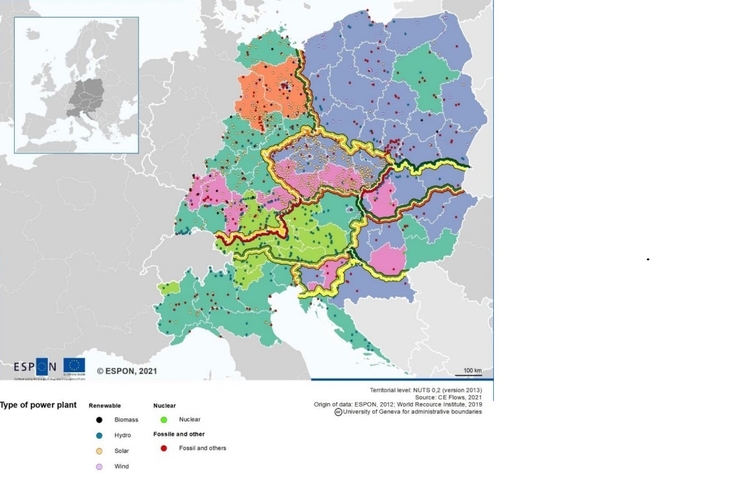
ESPON is a research programme co-financed by the European Commission, which focuses on describing similarities and differences between EU regions and associated countries. One of its analyses was devoted to the preparation of individual Central European countries for the EU to accomplishing the zero-carbon target by 2050.
“Some regions, such as southern Germany or Austria, are already highly specialised in using renewable energy sources, while others, primarily in the east, rely mainly on fossil fuels. Even in countries that are economically close to the >>old 15<<, such as Slovenia and the Czech Republic, the total energy from RES remains at a low level, failing to meet the needs of both consumers and industry”, according to the w ESPON study.
Possibly, the poorer, eastern Central European countries will be able to achieve climate neutrality through investments in nuclear energy. Its biggest advocate in the EU, next to France, is the Czech Republic, which will assume the EU presidency in July 2022.
Our southern neighbours already have six nuclear reactors that generate more than one-third of the electricity consumed. In addition, the Czech Republic’s greenhouse gas emissions decreased by 43 percent between 1990 and 2020, thus meeting both the national and EU targets.
“Decarbonisation of the Polish economy still poses a huge challenge. The country does not have many rivers on which hydropower plants could be built. While the Baltic Sea fosters the development of offshore wind energy in the northern regions of the country, it is, in fact, in the south where the most energy-intensive areas are located. In addition, Poland does not have a nuclear power plant, unlike other EU countries from the former Eastern Bloc”, ESPON experts conclude.
In Central Europe, investments in “green” energy infrastructure will increase by 40 percent in 2022 alone, to reach approx. EUR 950 million. However, as many as six out of nine countries in that region of the EU were for years “behind the Iron Curtain” and underwent a challenging economic transformation, during which technologies were developed to provide cheap, but environmentally harmful, energy. Now they still need to catch up with Western European countries.
Especially the eastern regions of Central Europe are characterised by “low power and poor RES infrastructure”. Therefore, these countries must use “other environmentally-friendly but, at the same time, efficient energy sources”. “Otherwise these regions will not avoid severe social and economic costs”, ESPON experts warn.
Poland is facing a particular energy transformation challenge. It is among the first five EU Member States in terms of population and is the largest of all Central European countries analysed by ESPON. Its expenditure on the necessary energy transformation alone is estimated at around 100 billion PLN.
The use of nuclear power, along with gradually expanding the RES infrastructure, could help to implement the full-scale energy transformation process as smoothly as possible.
In the REPowerEU programme announced by the European Commission, which is intended to help the European Union move away from Russian fossil fuels and contribute to a fair transition, nuclear power is considered one of the basic tools for rapidly attaining independence from raw material imports from the East. This reflects a significant change in the EU’s standpoint, giving hope that the use of zero-carbon nuclear energy will allow the poorer countries in the Community to timely meet their climate targets.
The current ESPON analysis covered the area of the EU’s Interreg Central Europe programme. It is composed of nine countries: Austria, Croatia, Hungary, Poland, Slovakia, Slovenia, and selected regions of Germany and Italy, in total accounting for 23% of the Community’s territory.
Source of information: PAP MediaRoom
Pobierz materiał i Publikuj za darmo
bezpośredni link do materiału
POBIERZ ZDJĘCIA I MATERIAŁY GRAFICZNE
Zdjęcia i materiały graficzne do bezpłatnego wykorzystania wyłącznie z treścią niniejszej informacji
| Data publikacji | 06.06.2022, 09:50 |
| Źródło informacji | PAP MediaRoom |
| Zastrzeżenie | Za materiał opublikowany w serwisie PAP MediaRoom odpowiedzialność ponosi – z zastrzeżeniem postanowień art. 42 ust. 2 ustawy prawo prasowe – jego nadawca, wskazany każdorazowo jako „źródło informacji”. Informacje podpisane źródłem „PAP MediaRoom” są opracowywane przez dziennikarzy PAP we współpracy z firmami lub instytucjami – w ramach umów na obsługę medialną. Wszystkie materiały opublikowane w serwisie PAP MediaRoom mogą być bezpłatnie wykorzystywane przez media. |
Pozostałe z kategorii
-
Image
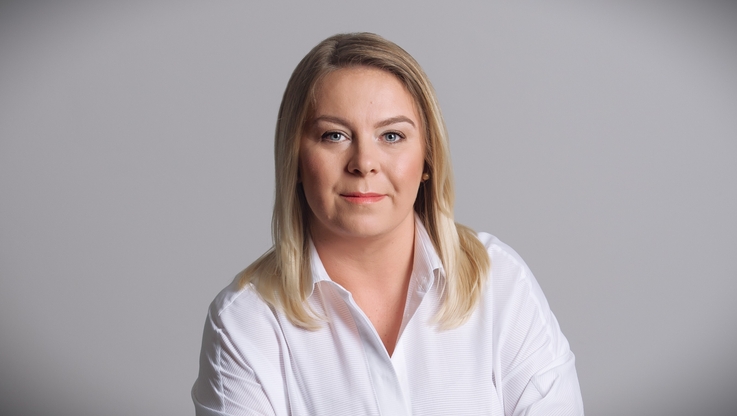
HR na nowych zasadach w 2026. EU AI Act wprowadza rewolucję w podejściu do rekrutacji
Zarządzanie zasobami ludzkimi w organizacjach to wieloetapowy i wymagający proces. Nic dziwnego, że to właśnie działy HR i agencje rekrutacyjne najchętniej sięgają po rozwiązania oparte na sztucznej inteligencji. AI umożliwia nie tylko szybszą analizę CV kandydatów czy automatyzację dokumentacji, ale także rozpoznawanie emocji podczas rozmów kwalifikacyjnych, a nawet wykorzystanie biometryki do identyfikacji cech chronionych. Tak szeroki zakres możliwości sprawił, że kwestie regulacji zastosowania AI, także w obszarze HR, znalazły się pod lupą Komisji Europejskiej. Efektem prac jest AI Act, który zacznie obowiązywać w sierpniu 2026 roku.- 29.12.2025, 16:21
- Kategoria: Biznes i finanse
- Źródło: HR Contact
-
WEI wskazuje jakie nowe podatki czekają nas w nowym roku
Rok 2026 przyniesie istotne zmiany w obciążeniach fiskalnych dla polskich konsumentów i przedsiębiorców. Zmiany wynikają zarówno z inicjatyw krajowych, jak i konieczności dostosowania polskiego prawa do dyrektyw unijnych. Eksperci Warsaw Enterprise Institute wskazują na kumulację projektów podatkowych dotyczących gospodarki odpadami, akcyzy oraz polityki klimatycznej.- 29.12.2025, 15:46
- Kategoria: Biznes i finanse
- Źródło: Warsaw Enterprise Institute
-
Modon Holding tworzy spółkę joint venture z Related Companies i Panepinto Properties w celu realizacji Harborside 4, luksusowego wieżowca mieszkalnego położonego nad wodą w ścisłym centrum biznesowo-handlowym Jersey City
• Modon obejmuje większościowy udział w Harborside 4, luksusowego 54-piętrowego przedsięwzięcia deweloperskiego w centrum Jersey City, które w I kw. 2029 r. do dyspozycji odda 800 luksusowych mieszkań na wynajem i mieszkań własnościowych.
• Spółka joint venture z przedsiębiorstwami Related i Panepinto wspiera realizację aktualnej strategii Modon na rzecz dywersyfikacji globalnego portfela w drodze wysokiej jakości inwestycji i solidnych partnerstw międzynarodowych.- 23.12.2025, 15:53
- Kategoria: Biznes i finanse
- Źródło: Business Wire
Newsletter
Newsletter portalu PAP MediaRoom to przesyłane do odbiorców raz dziennie zestawienie informacji prasowych, komunikatów instytucji oraz artykułów dziennikarskich, które zostały opublikowane na portalu danego dnia.
ZAPISZ SIĘ